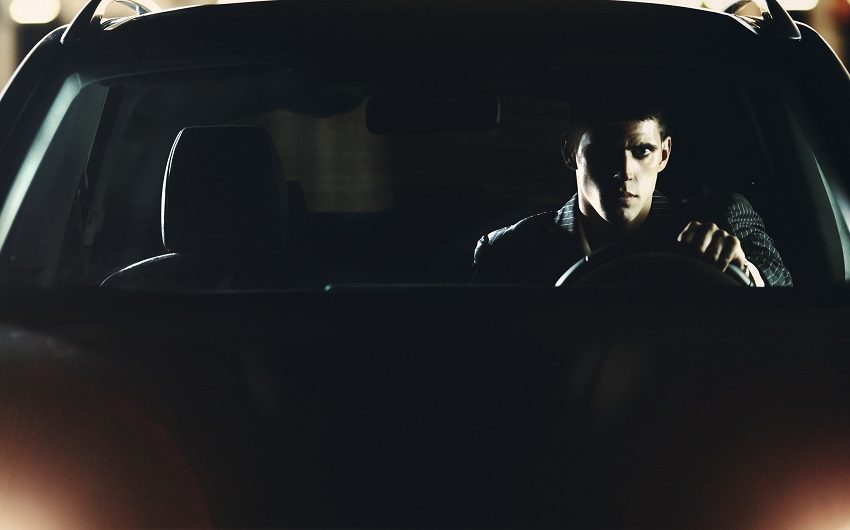Inadmissible evidence good enough to access enhanced auto coverage

Inadmissible hearsay evidence is enough for a driver involved in a collision caused by an unidentified motorist to access the $1 million limit of her auto policy’s OPCF 44R Family Protection Endorsement, an Ontario court has ruled.
“There is no doubt…the evidence of [OPP officer Derek] Bowman that ‘the witness told me…’ would not be admissible to convict an accused person of an offence involving the subject matter,” Ontario Superior Court Justice Fred Myers ruled in a decision released July 8. “It is not admissible to make a finding of negligence against anyone either. But is it enough to give an insurer reasonable comfort that the plaintiff is not making the accident up?
“In my view, bearing in mind the consumer protection purpose to insurance regulation and the very specific contractual requirement for corroboration ‘indicating’ (not ‘proving’) involvement of an unidentified vehicle, the corroboration requirement can be satisfied by hearsay.
“The fact that someone stopped and waited and spoke to the officer does not meet the reliability requirement of the principled exception to the hearsay rule. But it meets the independence and materiality requirements of the [insurance] contract.”
Fowzia Aditi was driving northbound on Highway 404 near Sheppard Avenue in Toronto in October 2019, when she started to make a lane change. Her auto insurer, Intact Insurance, described in court her evidence of what happened next as follows:
She was attempting to change lanes because her lane was turning into an HOV [car-pooling] lane. As she was halfway through her lane change, she saw a black pick-up truck moving into the same lane she was merging into. She felt it was travelling much faster than her and coming from her right. She braked and swerved back into her original lane and collided with the centre guardrail. The black pick-up did not stop.
A car in front of Aditi stopped and provided a witness statement to Bowman. The policer officer’s field notes state: “– vehicle hit left concrete guardrail – fem driver cut-off by black pick up – unknown info – Independent witness confirms but can’t supply info for vehicle.” The officer did not take down the contact information of the witness making the statement, since they could not confirm the identity of the black pick-up.
Aditi’s auto insurance policy included $200,000 basic coverage for damage caused by an uninsured or unidentified vehicle. She also paid for optional additional coverage of up to $1 million in an OPCF 44R Family Protection Endorsement.
The policy states that when the other driver involved in the collision cannot be identified, the $1 million policy limit of the OPCF 44R Family Protection Endorsement can only be accessed if the insured driver’s evidence of the incident can be “corroborated by other material evidence.” This is further defined as “independent witness evidence” or “physical evidence indicating the involvement of an unidentified automobile.”
For Intact, the term “evidence,” as used in the policy, refers to evidence admissible in court to prove the truth of its content. “By definition, evidence that is not admissible cannot be used by a court to prove a fact,” the court paraphrased Intact as arguing.
Aditi, on the other hand, said the auto policy does not refer specifically to “admissible evidence,” only “evidence.” She argued it’s common parlance to refer to hearsay evidence when referring to the term “evidence.”
The court ultimately sided with Aditi.
“In my view the evidence of [OPP officer] Bowman that the witness confirmed [Aditi’s] story to him may be enough without considering the truth of its content,” Myers wrote. “We know someone was there…
“The hearsay evidence of a black truck being there is a sufficient indication of the involvement of an unidentified vehicle to meet the purpose of the corroboration requirement in the parties’ [auto insurance] contract.”
Feature photo courtesy of iStock.com/gilaxia



